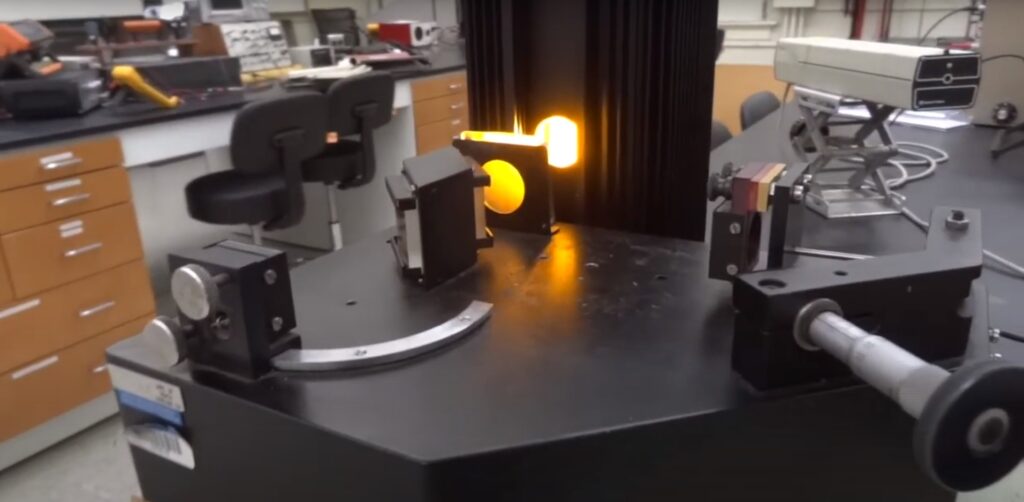From summer 2019 until fall 2021, I served as the instructional lead for the UNC physics & astronomy department’s Experimental Techniques course. This communication and collaboration-rich course explores modern physics experiments, as well as a variety of data and uncertainty analysis approaches to prepare students for research and advanced laboratory work.
PHYS 281L is designed to welcome students into the physics community, and to provide students with opportunities to actively engage with issues of diversity, equity, and inclusion in the field of physics. You can learn more about the course by reading this sample syllabus (from Fall term, 2021), and by watching this introductory video:
Teaching Experimental Techniques During a Pandemic
Although experimental physics works best in person, I now have 4 terms of experience teaching the course remotely. This involved hands-on experiments students could perform at home, remote control experiments utilizing apparatus on campus, and intricate virtual labs utilizing pre-recorded videos. I made sure to maintain group work as a central tenet of the course through the remote transition. If you want to learn more, take a look at my remote teaching page.
Michelson interferometers are ubiquitous in the experimental sciences due to their ability to make incredibly precise distance measurements. Here students use an interferometer to measure the wavelength difference in the sodium doublet.

The course has 5 learning goals, and every assignment is designed with one or more of these goals in mind
- Students will learn to operate and implement tools and techniques used by experimental physicists in their research. Students will learn to take measurements with devices such as Vernier calipers, oscilloscopes, and Michelson interferometers, and to quantify the uncertainties associated with these measurements. Uncertainty analysis is a major focus of this course. The process students learn in PHYS 281 is a probabilistic approach adapted from the “industry standard” Guide to the Expression of Uncertainty in Measurement (or “GUM“).
- Students will put the scientific process into practice by forming hypotheses, designing experiments, taking and analyzing data relevant to the experiment, and using this data to form concrete, well-supported conclusions.
- Students will use written and oral communication skills to form persuasive arguments aimed at convincing peers of the significance of findings.
- Students will read about and explore their own opinions on issues of diversity, equity, and inclusion in the physics community through reflection essays with group sharing components.
- Students will contribute to the success of their group by sharing ideas and problem solving approaches.

Students measure the charge-to-mass ratio of electrons by subjecting a beam of these subatomic particles to the Lorentz force created by Helmholtz coils. The resulting circular beam path is visible here inside an evacuated glass tube. The diameter of the beam can be related mathematically to the charge-to-mass ratio.
More Details
The course revolves around 8 main laboratory experiments. Students work as groups to measure quantities such as Planck’s constant, the charge-to-mass ratio of electrons, and the Rydberg constant using historically significant experimental apparatus and procedures. They then write up their results either as a lab report in the model of a scientific paper, or as a “letter home” which they actually send to a friend or family member. I place particular emphasis on helping students learn to write effectively for multiple types of audiences.
Students participate in peer review activities to improve their work, and present their findings to the class via “chalk talks.” Along the way we develop advanced uncertainty analysis skills based on the ISO’s Guide to the Expression of Uncertainty in Measurement (GUM).
At the end of the course students are given an imaginary budget of $5,000, and tasked with creating a proposal for the improvement of one of the laboratory experiments in the course. The proposals are judged by a live panel of professors, laboratory managers, and peers. Some of the proposals have been so good that they have actually been incorporated into the course!
Oscilloscopes are commonly used by physicists to visualize how electronic signals evolve over time. In this image a scope is being used by students to measure voltage across the capacitor in an RC circuit.

Want to learn more about PHYS 281L? Please contact me!